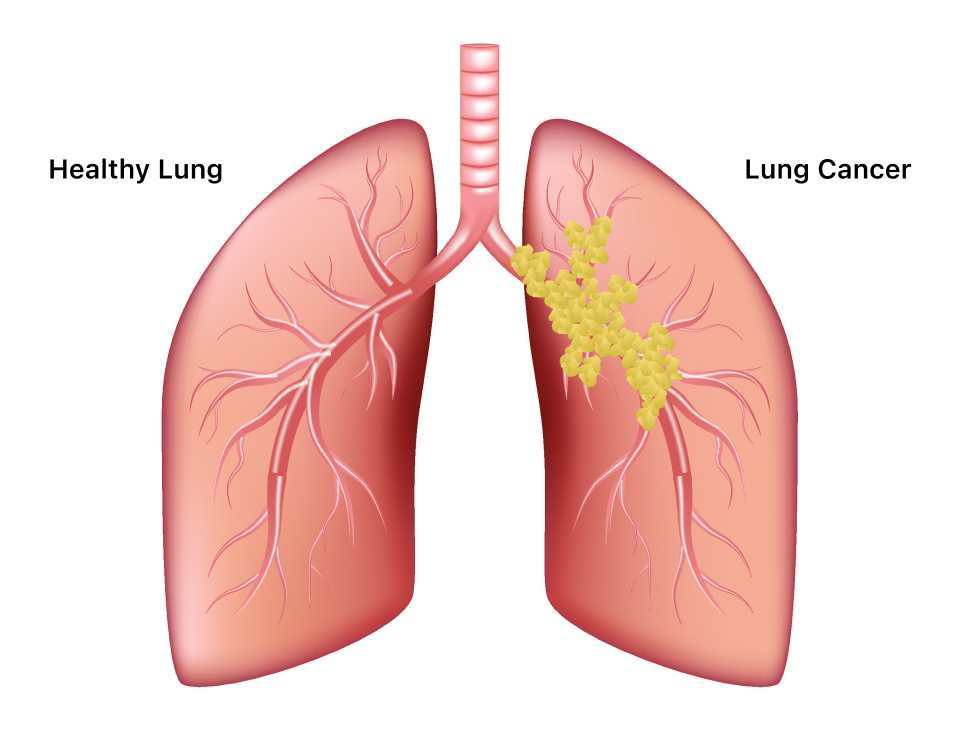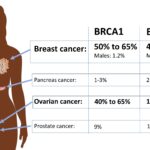Malignant neoplasm of the lung, commonly referred to as lung cancer, is a life-threatening condition characterized by uncontrolled cell growth in the lung tissues. It is one of the most prevalent and deadliest cancers worldwide. Early detection and effective treatment strategies are crucial for improving survival rates.

Types of Malignant Neoplasms of the Lung
Lung cancer is primarily categorized into two major types:
1. Non-Small Cell Lung Cancer (NSCLC)
NSCLC accounts for approximately 85% of lung cancer cases and includes several subtypes:
- Adenocarcinoma: The most common subtype, often found in non-smokers.
- Squamous Cell Carcinoma: Frequently linked to smoking and typically found in the central lungs.
- Large Cell Carcinoma: A less common and more aggressive form.
2. Small Cell Lung Cancer (SCLC)
SCLC is a highly aggressive form of lung cancer that spreads rapidly. It is strongly associated with smoking and is often diagnosed at an advanced stage.
Risk Factors
Several factors increase the likelihood of developing lung cancer:
- Smoking: The leading cause, accounting for nearly 85% of cases.
- Secondhand Smoke Exposure: Increased risk due to inhalation of tobacco smoke.
- Air Pollution: Prolonged exposure to pollutants like fine particulate matter.
- Radon Gas: A naturally occurring radioactive gas found in homes and workplaces.
- Occupational Exposure: Exposure to asbestos, arsenic, or other carcinogens.
- Genetics: A family history of lung cancer increases susceptibility.
Symptoms of Lung Cancer
Lung cancer symptoms vary depending on the stage and type. Common symptoms include:
- Persistent cough that worsens over time
- Coughing up blood (hemoptysis)
- Shortness of breath
- Chest pain
- Unexplained weight loss
- Fatigue
- Recurring respiratory infections
Diagnosis
The diagnosis of lung cancer involves multiple steps to confirm the presence and type of malignancy:
1. Imaging Tests
- Chest X-ray: Initial screening tool.
- CT Scan: Provides detailed images of lung abnormalities.
- PET Scan: Helps determine the extent of cancer spread.
2. Biopsy
A tissue sample is extracted and analyzed to confirm malignancy. Techniques include:
- Bronchoscopy: A camera-guided tube examines lung tissues.
- Needle Biopsy: A fine needle extracts tissue from lung nodules.
- Surgical Biopsy: A more invasive procedure for obtaining lung tissue.
3. Molecular Testing
Molecular tests, such as BRAF, ALK, EGFR, and KRAS mutation analyses, help tailor targeted therapies.
Staging of Lung Cancer
Lung cancer is staged from Stage 0 to Stage IV, based on tumor size, lymph node involvement, and metastasis.
Treatment Options
The choice of treatment depends on the cancer type, stage, and patient’s overall health.
1. Surgery
- Lobectomy: Removal of a lung lobe.
- Pneumonectomy: Removal of an entire lung.
- Segmentectomy: Partial removal of a lung segment.
2. Radiation Therapy
- Used for localized tumors or as a palliative measure for advanced cancer.
3. Chemotherapy
- Commonly used for SCLC and advanced NSCLC.
- Administered in cycles to kill rapidly dividing cancer cells.
4. Targeted Therapy
- Drugs targeting genetic mutations like EGFR inhibitors (Erlotinib) and ALK inhibitors (Crizotinib).
5. Immunotherapy
- PD-1/PD-L1 inhibitors (e.g., Pembrolizumab) boost the immune response against cancer cells.
Prognosis and Survival Rates
Survival rates depend on cancer type and stage at diagnosis:
- Localized NSCLC: 5-year survival rate of ~60%.
- Advanced NSCLC: 5-year survival rate drops to ~6%.
- SCLC: Overall 5-year survival rate is ~7% due to its aggressive nature.
Prevention Strategies
Reducing lung cancer risk involves:
- Quitting Smoking: The most effective preventive measure.
- Avoiding Secondhand Smoke: Limiting exposure to tobacco smoke.
- Radon Testing: Ensuring safe indoor air quality.
- Healthy Diet & Exercise: Supporting lung health through proper nutrition and physical activity.
- Regular Screenings: Low-dose CT scans for high-risk individuals (e.g., heavy smokers).
Malignant neoplasm of the lung remains a significant global health challenge. Early detection, advancements in targeted therapy, and lifestyle modifications can improve outcomes. Ongoing research and awareness efforts continue to drive progress in lung cancer management.

